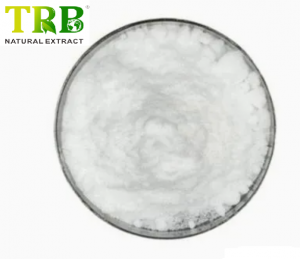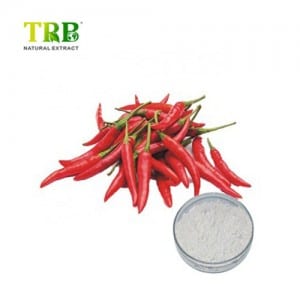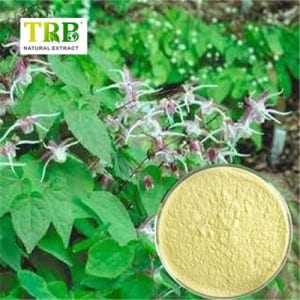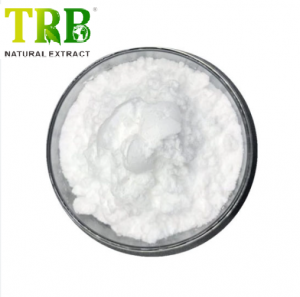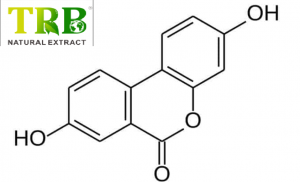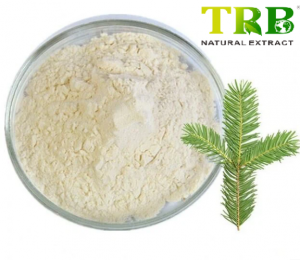DL-O-Phospho-L-serine Powder: Comprehensive Product Description
1. Product Overview
Chemical Name: DL-O-Phospho-L-serine
Synonyms: DL-SOP, DL-O-Phosphoserine, 2-Amino-3-hydroxypropanoic acid 3-phosphate
CAS No.: 17885-08-4 (DL-form) / 407-41-0 (L-form)
Molecular Formula: C₃H₈NO₆P
Molecular Weight: 185.07 g/mol
DL-O-Phospho-L-serine is a phosphorylated derivative of serine, serving as a critical endogenous metabolite in human biofluids. It plays dual roles in biochemical pathways: as a modulator of glutamate receptors and an inhibitor of glial cell proliferation, making it invaluable in neuroscience and metabolic research .
2. Chemical and Physical Properties
Key Properties:
- Appearance: White to off-white crystalline powder .
- Melting Point: 190°C (lit.) .
- Solubility:pH (1% solution): 1.5–2.5 .
- Water: 50 mg/mL (hot, clear solution) .
- DMSO: Insoluble (<1 mg/mL) .
- Storage:
- Powder: -20°C for 3 years; avoid repeated freeze-thaw cycles.
- Solution: -80°C for 1 year (short-term use at 4°C for 1 month) .
Structural Data:
- LogP: -1.86 .
- Polar Surface Area (PSA): 139.89 Ų .
- Refractive Index: 1.552 .
3. Applications in Research
3.1 Neurobiological Studies
- mGluR Agonist: Acts on metabotropic glutamate receptors (mGluR4, mGluR6, mGluR7) with EC₅₀ values of 2–5 μM, facilitating studies on synaptic plasticity and neurodegenerative diseases .
- NMDA Receptor Antagonist: Competitively inhibits NMDA receptors, offering potential in stroke and epilepsy research .
3.2 Cellular Regulation
- Inhibits Glial Proliferation: Suppresses Müller glial cell proliferation post-retinal photodamage, aiding retinal regeneration studies .
- Enhances Neuronal Differentiation: Promotes precursor cell differentiation into neurons, critical for neurogenesis research .
3.3 Metabolic Pathways
- Phosphorylation Signaling: Serves as a substrate for kinases in protein modification studies, pivotal for understanding cellular signal transduction .
4. Specifications and Quality Control
Analytical Standards:
| Test Parameter | Specification |
|---|---|
| Purity (NaOH titration) | 98.0–101.0% |
| Water Content (KF) | ≤1.0% |
| Inorganic Phosphorus | ≤0.2% |
| Sulfate | ≤200 ppm |
| Specific Rotation | +14.0° to +16.0° |
Certifications:
- Batch-specific COA (Certificate of Analysis) provided.
- Traceable to NIST standards for research reproducibility.
5. Storage and Handling Guidelines
Transportation:
- Shipped with blue ice or dry ice to maintain stability .
Handling Precautions:
- Personal Protection: Wear lab coats, gloves, and eye protection.
- Solubility Protocol: Centrifuge powder briefly before dissolving in hot water (50–60°C) for optimal solubility .
- Contraindications: For research use only; not for diagnostic or therapeutic applications .
6. Usage Recommendations
In Vitro Studies:
- Cell Culture: Use 1–10 μM concentrations for mGluR activation assays .
- Retinal Models: Apply 5 μM to inhibit cone cell regeneration in photodamage experiments .
Solution Preparation:
| Concentration | Solvent Volume (per 1 mg) |
|---|---|
| 1 mM | 5.4 mL H₂O |
| 10 mM | 0.54 mL H₂O |

